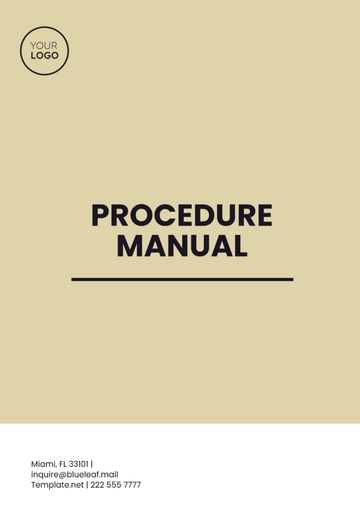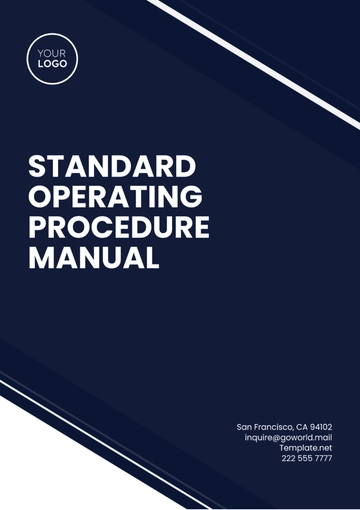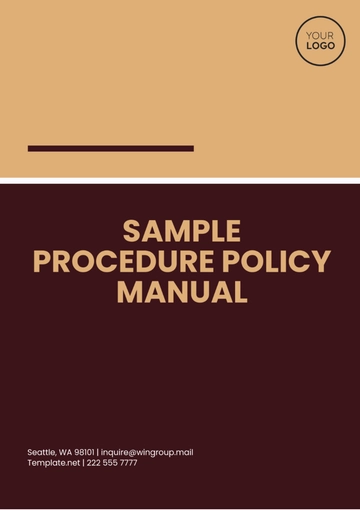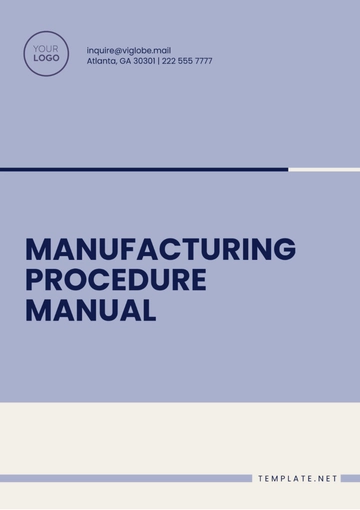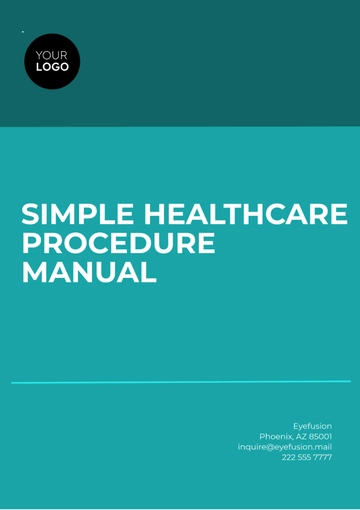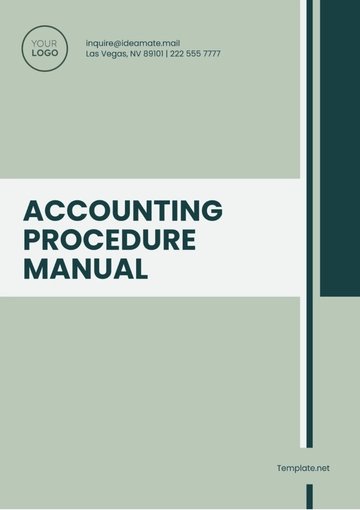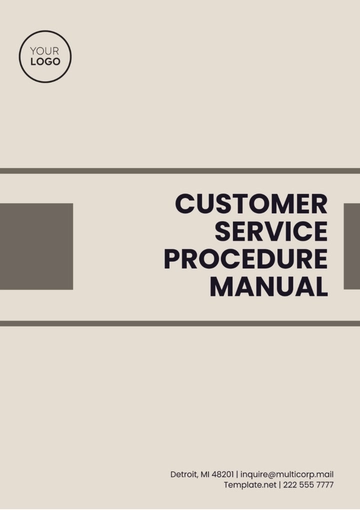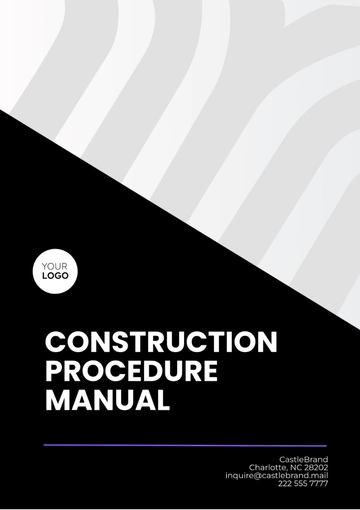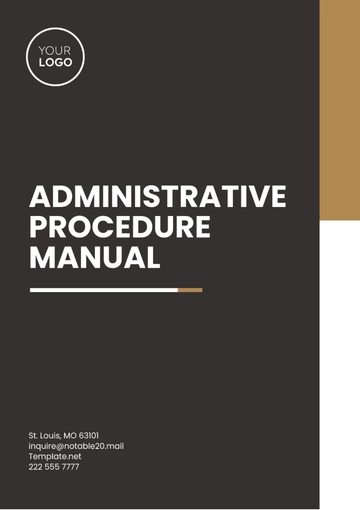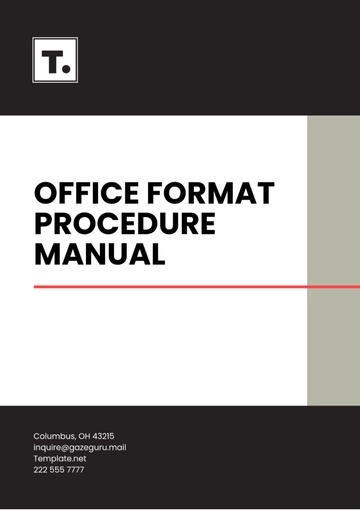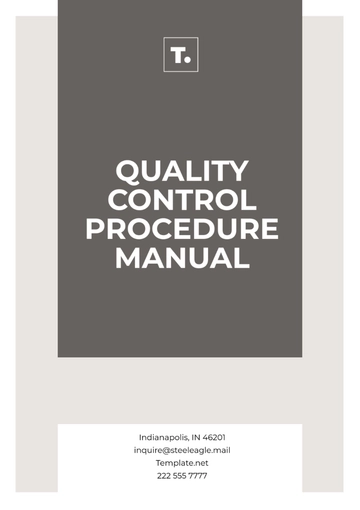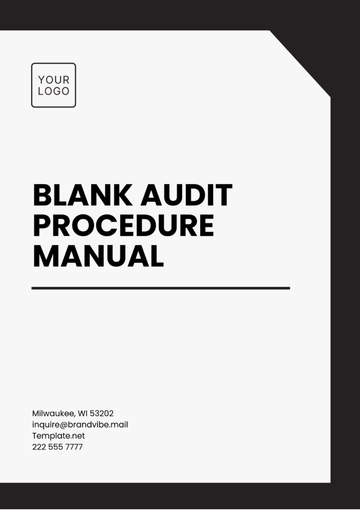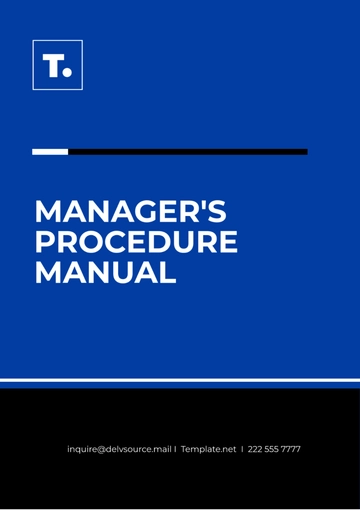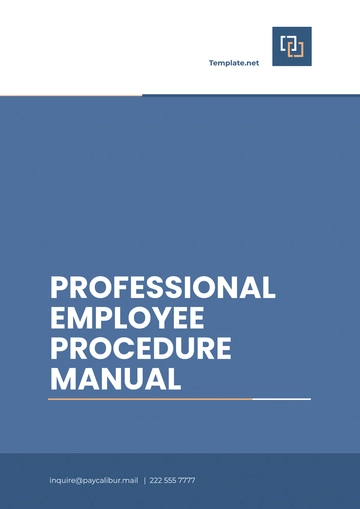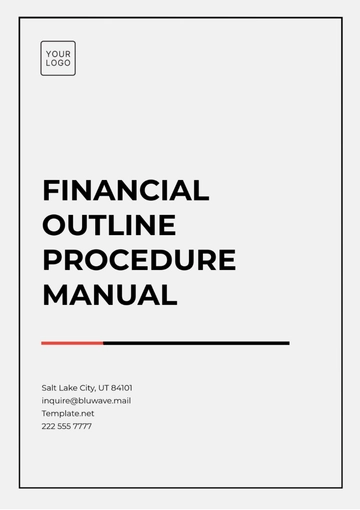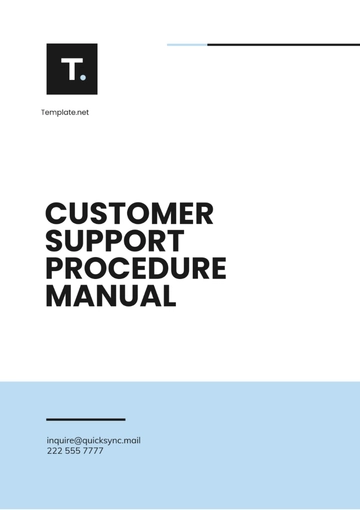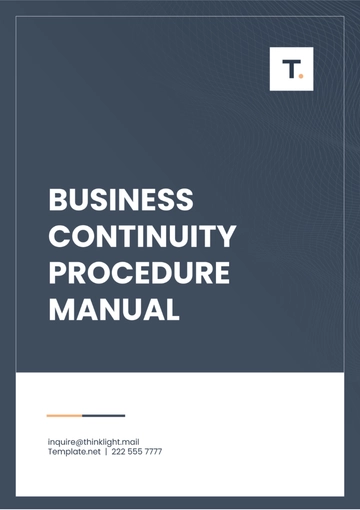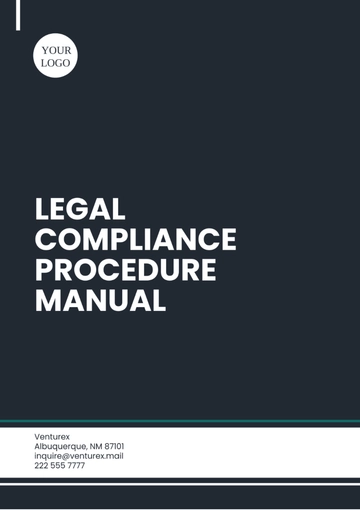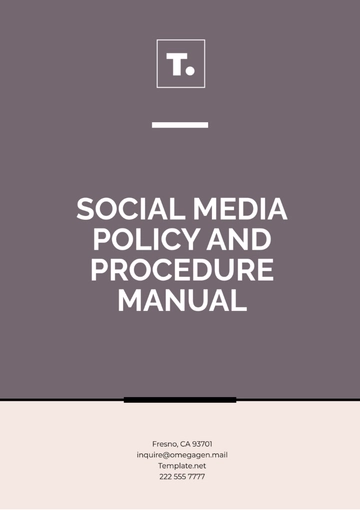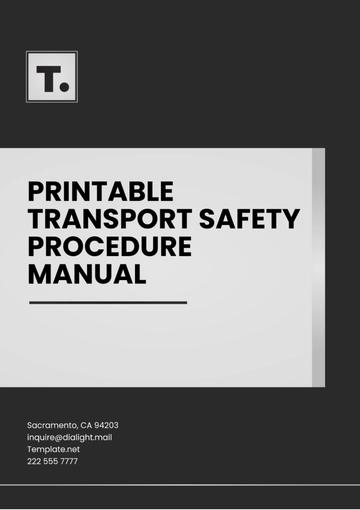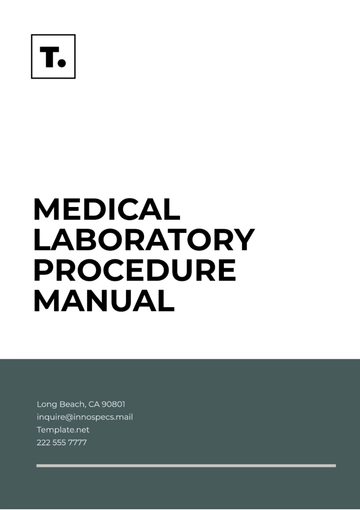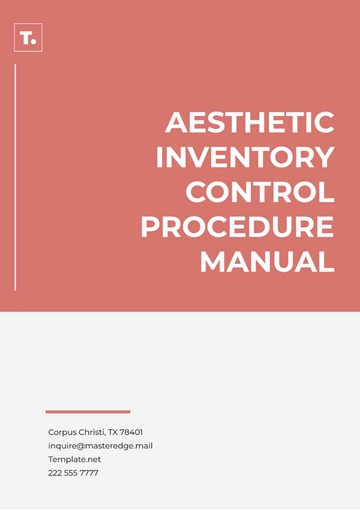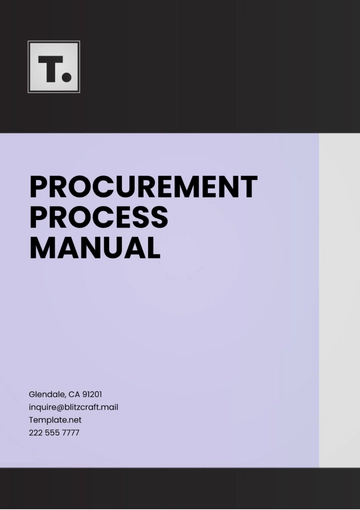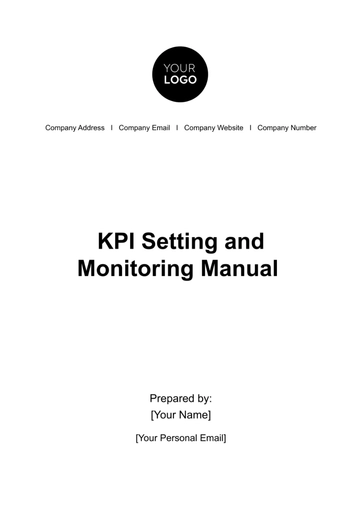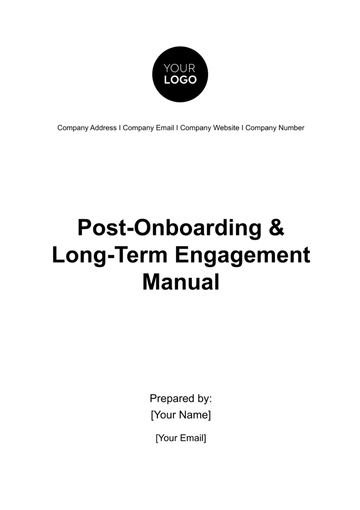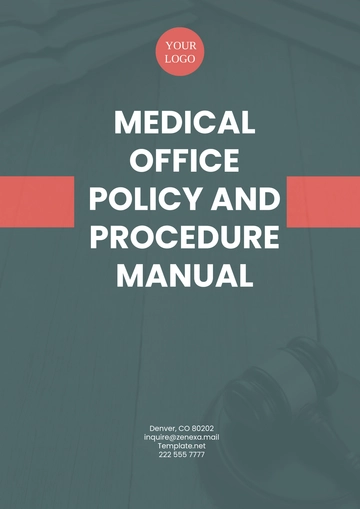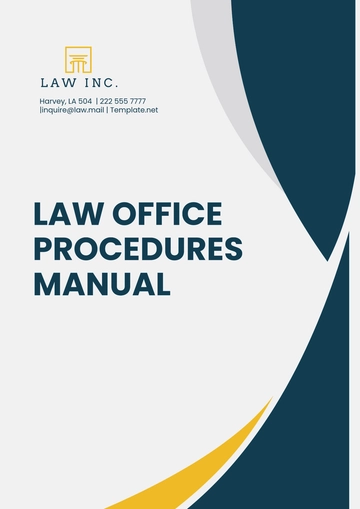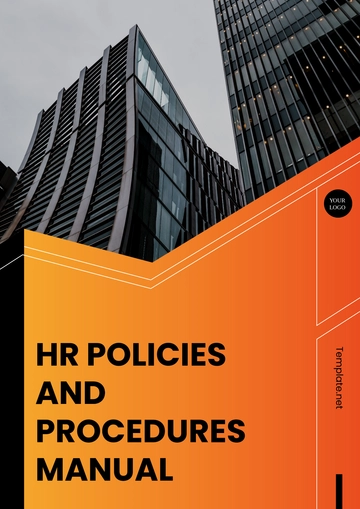Free Manufacturing Procedure Manual Termplate
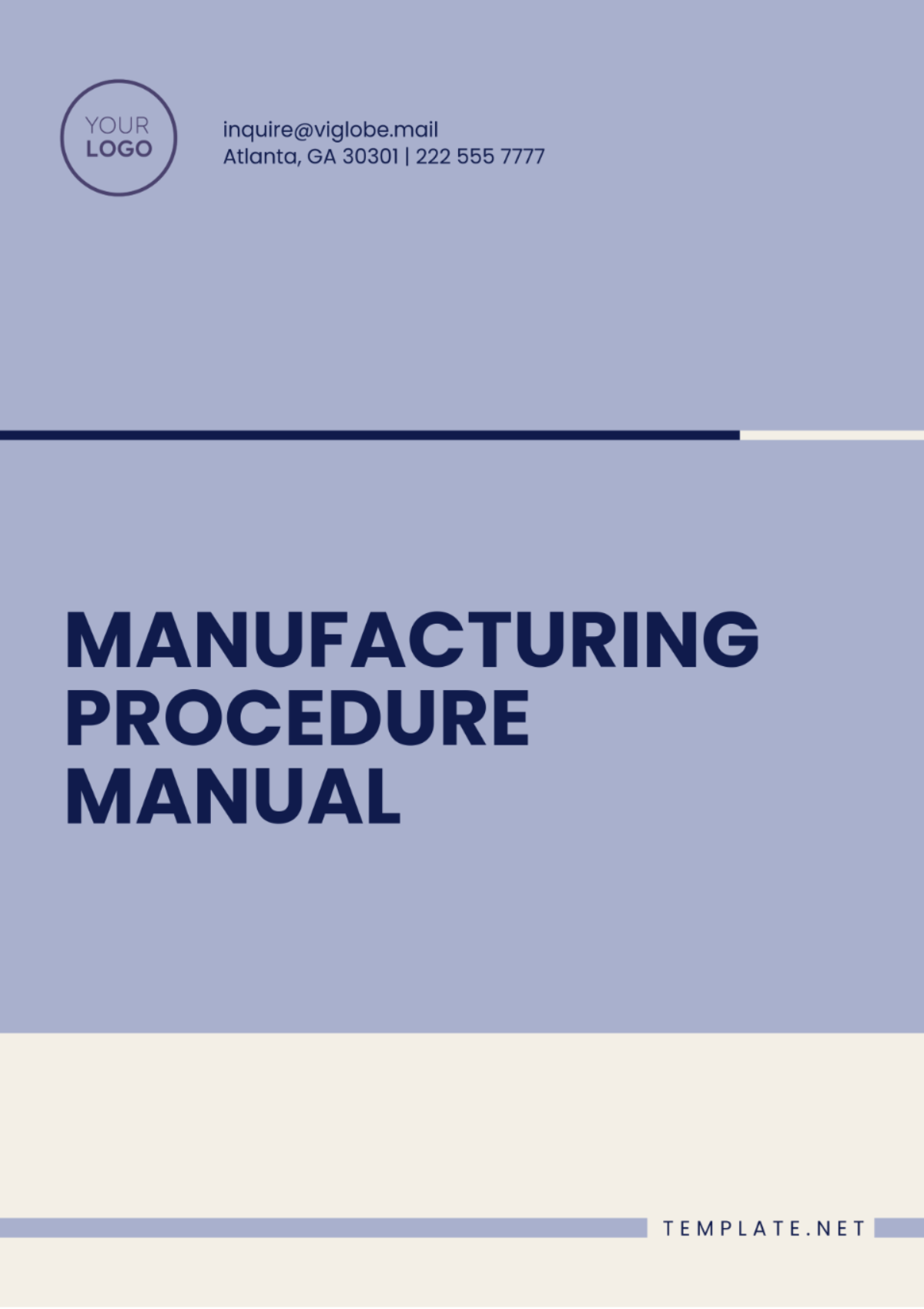
Prepared by: [Your Name]
Date: January 1, 2060
I. Introduction
The purpose of this manual is to provide a comprehensive guide to the manufacturing procedures used in our facility. The scope covers all production activities and aims to ensure consistent quality, safety, and efficiency. The objectives include minimizing errors, enhancing productivity, and maintaining compliance with industry standards.
II. Definitions and Terminology
Workstation: A designated area in the production line where specific tasks or operations are performed, equipped with the necessary tools, materials, and machinery required for the process.
Quality Control (QC): A systematic process designed to ensure that all products meet predefined quality standards through inspections, testing, and continuous monitoring of production stages.
Bill of Materials (BOM): A comprehensive list detailing all raw materials, components, subassemblies, and other items needed to manufacture a product, serving as the foundation for inventory management, procurement, and production planning.
III. Roles and Responsibilities
Production Supervisor: Oversees the manufacturing process, ensures adherence to procedures, meets production goals, and resolves operational issues.
Quality Control Inspector: Inspects and tests materials and products to ensure they meet quality standards, documenting results and recommending corrective actions.
Machine Operator: Operates and monitors equipment, performs routine maintenance, and troubleshoots issues to ensure efficient production.
IV. Step-by-Step Procedures
Task 1: Material Preparation |
|---|
|
Task 2: Assembly |
|---|
|
V. Safety Guidelines
Wear Personal Protective Equipment (PPE): Always wear the required PPE, such as gloves, goggles, helmets, and other safety gear, to protect yourself from potential hazards during operations.
Ensure Equipment Safety: Before operating any machinery or equipment, verify that all safety guards and protective devices are properly in place to prevent accidents.
Report Unsafe Conditions: Immediately report any unsafe conditions, accidents, or equipment malfunctions to the supervisor or safety officer to ensure quick resolution and maintain a safe working environment.
VI. Equipment and Tools
Drill Press: A machine used for precise drilling operations, capable of creating accurate holes in various materials such as metal, wood, or plastic.
Conveyor Belt System: A mechanical system for efficiently moving materials through production, reducing manual handling, and ensuring smooth workflow.
Welding Machine: Equipment used for joining metal parts by applying heat, enabling the creation of strong, durable bonds in manufacturing processes.
Toolbox with Assorted Hand Tools: A collection of essential hand tools such as wrenches, pliers, screwdrivers, and hammers, used for assembly, maintenance, and repairs during production.
VII. Quality Control Standards
All manufactured products must undergo the following quality control tests to ensure they meet the required standards:
Visual Inspection: Thoroughly inspect the products for defects, imperfections, or damage to ensure they meet quality standards.
Dimensional Accuracy Testing: Measure key dimensions to ensure the product meets specified tolerances and design requirements.
Functional Testing: Verify that the product performs as intended, ensuring it meets functional and operational specifications.
Any deviations from the standards must be documented, analyzed, and promptly reported to the Quality Control team for corrective actions.
VIII. Troubleshooting
Issue: Poor Weld Quality | Issue: Conveyor Belt Malfunction |
|---|---|
|
|
IX. References
ISO 9001:2015 Quality Management Systems - Requirements
OSHA Guidelines for Manufacturing Safety
Industry-specific technical manuals
- 100% Customizable, free editor
- Access 1 Million+ Templates, photo’s & graphics
- Download or share as a template
- Click and replace photos, graphics, text, backgrounds
- Resize, crop, AI write & more
- Access advanced editor
Optimize production workflows with Template.net’s Manufacturing Procedure Manual Template. Designed to streamline manufacturing processes, this editable and customizable template covers every aspect of production. With easy modifications in our Ai Editor Tool, you can tailor it to meet your specific operational needs, enhancing consistency and efficiency on the factory floor.
